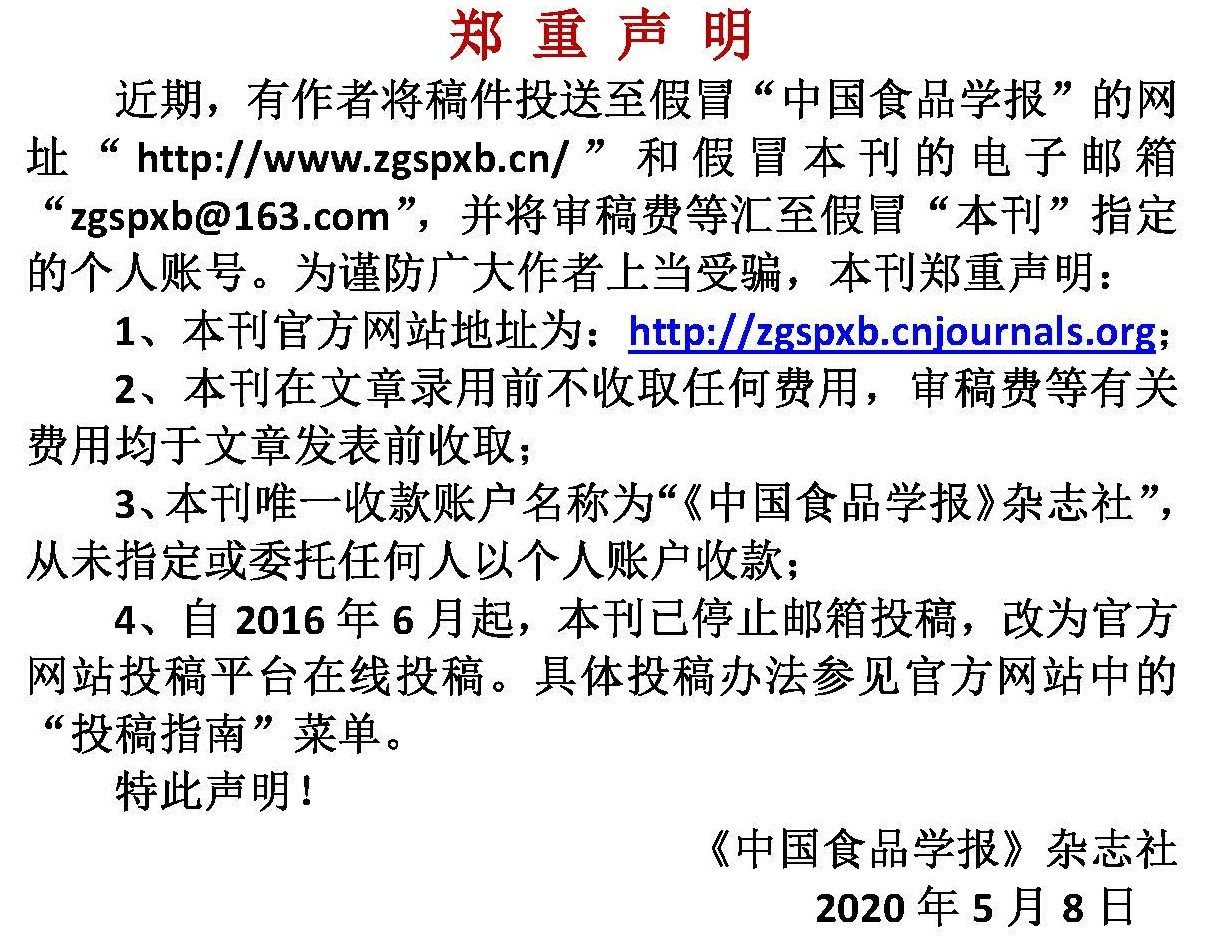加工方式改善3D/4D打印天然食品的研究进展
作者:
作者单位:
(四川农业大学食品学院 四川雅安 625014)
作者简介:
通讯作者:
中图分类号:
基金项目:
四川省自然科学基金项目(2022NSFSC0088);川菜发展研究中心科研项目(CC20Z09)
Research Progress in Improving Processing Methods of 3D/4D Printing Natural Food
Author:
Affiliation:
(College of Food Science, Sichuan Agricultural University, Ya'an 625014, Sichuan)
Fund Project:
引用本文
顾泽鹏,李美雯,余林蔓,刘洋,曾珍,刘韫滔.加工方式改善3D/4D打印天然食品的研究进展[J].中国食品学报,2023,23(10):393-402
复制分享
文章指标
- 点击次数:
- 下载次数:
- HTML阅读次数:
历史
- 收稿日期:2022-10-18
- 最后修改日期:
- 录用日期:
- 在线发布日期: 2023-12-04
- 出版日期:
文章二维码

版权所有 :《中国食品学报》杂志社 京ICP备09084417号-4
地址 :北京市海淀区阜成路北三街8号9层 邮政编码 :100048
电话 :010-65223596 65265375 电子邮箱 :chinaspxb@vip.163.com
技术支持:北京勤云科技发展有限公司
地址 :北京市海淀区阜成路北三街8号9层 邮政编码 :100048
电话 :010-65223596 65265375 电子邮箱 :chinaspxb@vip.163.com
技术支持:北京勤云科技发展有限公司
